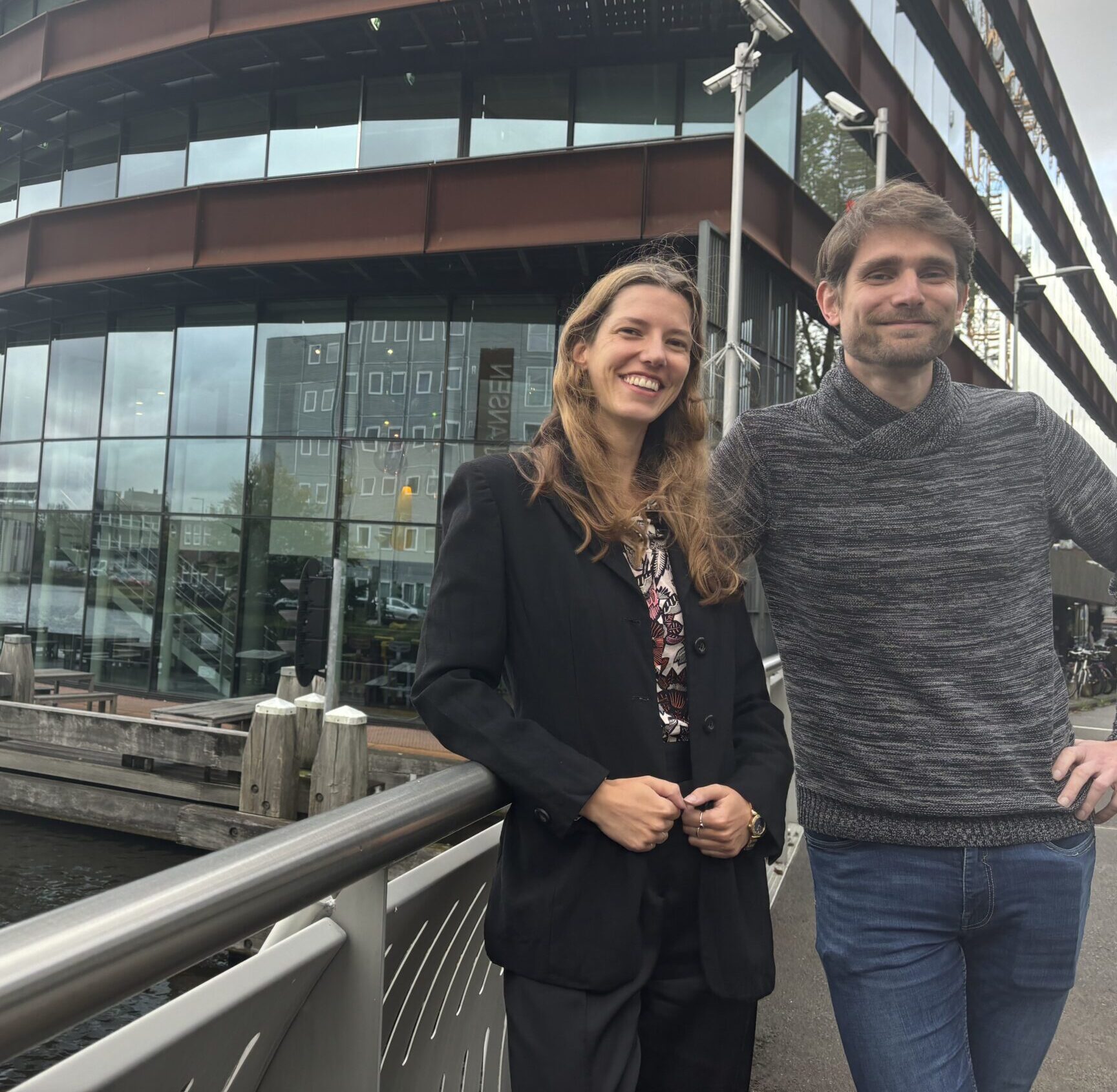When requesting participants to complete a survey or join a focus group, you are initiating a dialogue between the brand and the customer. By leveraging tools like the Conversational Survey, this interaction becomes more engaging and natural, mimicking real conversations and encouraging honest feedback. Traditional market research often feels one-sided, with brands gaining insights while participants feel unheard. However, using such interactive tools ensures a balanced and satisfying conversation for both parties.
The power of communities lies in creating balanced satisfaction for both parties in the conversation. With features like the Branding Upgrade, you can fully customize your research projects to reflect your brand identity, fostering recognition and trust. This ensures participants feel valued and engaged, knowing their feedback is taken seriously and integrated into the brand’s strategies.
Why share results?
- Sharing the main findings and upcoming changes ensures continuous participant engagement. With the Connect feature, you can streamline data integration and communication across various platforms, making it easier to share impactful updates. This transparency builds trust and encourages participants to remain involved, knowing their insights are driving tangible changes.
- Engaging participants by sharing updates on how the research will be used will make recruitment for any future projects much easier. Contributing and having their opinion heard is a central and key motivator in signing up to a research community. Confirming that members’ opinions are driving change embraces that motivation and reduces or can totally negate the reliance on incentives.
- An over-reliance on incentives can be dangerous as the conversation becomes a transactional one. As well as the typical prize draws try and be creative and link this to your brand: ‘a tour of the factory’, or ‘exclusive VIP access to events’ for example.
How to share results:
- You can involve your marketing team – sharing feedback can become part of your marketing messages, which will not only engage those who took part in the study, but also those who didn’t. Simply knowing that you have asked customers to take part in meaningful and impactful research and are now sharing with them the effect that it has had on the product/service or the brand itself, will start influencing perception of your entire customer base. The secondary result of this will be that more of your customer-base will look to take part in the next research experience, meaning that the sample of willing participants will be bigger next time around.
- Ask your internal insight team to follow up with everyone who has been involved in the study. A quick internal update to the insight team on how you used the research is all they will need to create a compelling follow-up email, newsletter, infographic, or video update detailing the impacts and changes made to those who took part.
- A simple forum discussion or a series of posts by the moderator of the online community can allow participants to quickly and easily find the trail of impacts and changes whenever they please. Keep this channel widely available for your customers to suggest topics for discussions – you will be surprised how much detail and how many valuable insights this will generate.
- The best technology should have a dedicated feedback mechanism, and this should be easy for the end user to simply click and share a message. Using features like SSO (Single Sign-On) simplifies access for participants, ensuring they can easily log in and contribute to the community.
If participants know the impact they’re having on the business, then they know their contribution was acknowledged and valuable.
How to share results:
- You can involve your marketing team – sharing feedback can become part of your marketing messages, which will not only engage those who took part in the study, but also those who didn’t. Simply knowing that you have asked customers to take part in meaningful and impactful research and are now sharing with them the effect that it has had on the product/service or the brand itself, will start influencing perception of your entire customer base. The secondary result of this will be that more of your customer-base will look to take part in the next research experience, meaning that the sample of willing participants will be bigger next time around.
- Ask your internal insight team to follow up with everyone who has been involved in the study. A quick internal update to the insight team on how you used the research is all they will need to create a compelling follow-up email, newsletter, infographic, or video update detailing the impacts and changes made to those who took part.
- A simple forum discussion or a series of posts by the moderator of the online community can allow participants to quickly and easily find the trail of impacts and changes whenever they please. Keep this channel widely available for your customers to suggest topics for discussions – you will be surprised how much detail and how many valuable insights this will generate.
- The best technology should have a dedicated feedback mechanism, and this should be easy for the end user to simply click and share a message. Using features like SSO (Single Sign-On) simplifies access for participants, ensuring they can easily log in and contribute to the community.
If participants know the impact they’re having on the business, then they know their contribution was acknowledged and valuable.





